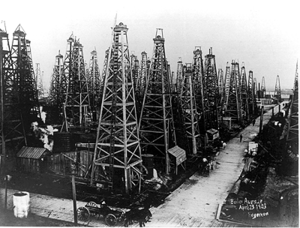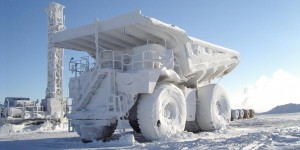The oil sands of Alberta, Canada have become a major source of economic growth over the last decade with the oil and gas industry employing thousands of Canadians from across the country. Unfortunately, with this growth has come an addiction epidemic that is tearing apart the lives of many workers.
This crisis is largely driven by the stress that comes with working in one of the world’s most hazardous industrial sectors. The oil and gas industry is known for its long hours and grueling work conditions, and with such a large number of workers employed, there is little time to take a break from the intense pressure. As a result, many workers have turned to alcohol and drugs to cope with the stress and cope with their long hours.
This can be especially dangerous in the oil sands, where workers are exposed to highly combustible and flammable chemicals as well as environmental hazards such as spills, explosions, and fires. Not only does this put them at risk of serious physical injury, but it can also lead to psychological trauma due to the constant threat of danger.
This crisis has affected many of the workers in the oil sands, and it is not just limited to those employed in the industry. The families of those affected are also struggling with the consequences of addiction. Addictions can lead to financial difficulties, relationship problems, and even homelessness in severe cases.
This epidemic has recently been met with serious actions from the Alberta government. On May 29th, 2018, the government announced the Rapid Access to Addiction Medicine Initiative (RAAM) which will provide treatment for addiction within 24 hours of the request being made. The plan also includes funding for support systems, transportation, recovery housing, and specialized services such as detoxification facilities and counselling.
Additionally, the government has taken steps to increase awareness about the dangers of substance abuse in the oil sands by placing warning signs, implementing educational campaigns, and offering additional mental health support to those in need. This is all part of a larger effort to combat the addiction epidemic in the oil sands and provide those affected with the help they need.
The steps the Alberta government has taken are encouraging, but there is still much work that needs to be done. It is crucial that employers in the oil and gas industry are aware of the risks of addiction and are providing their employees with the necessary resources to prevent and treat addiction. Improving the safety protocols in the workplace and implementing mental health wellness programs can also go a long way in providing workers with the support they need to keep addiction at bay.
Ultimately, it is up to all of us to address the addiction epidemic in the oil sands and ensure that the workers and families affected are getting the help they need. We must work together to break down the stigma around addiction and make sure those who are struggling are given access to treatment and recovery services. The future health and wellbeing of those in the Alberta oil sands depends on us all doing our part.







